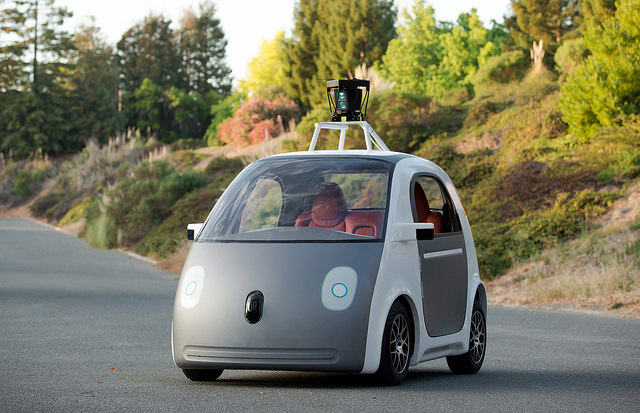The practice of employee monitoring in the workplace has been evolving and is increasingly present in companies. As of this writing, 15% of companies on the prestigious Fortune 500 list have equipped their offices with tiny sensors created by the company Enlighted, which are used to find out how much time a worker spends at his or her desk, and also the time of first activity on their computers (used to determine when they begin the workday).
However, these aren’t the only companies to use this type of technology. Others have used biometric sensors manufactured by Humanyze to know exactly what their employees do in their working hours. The objective is to increase productivity and thereby achieve a more efficient use of resources. Hidden in the lights, walls, desks or even card readers, these sensors are installed with the intention of knowing as much as possible about what’s happening in the company.
One of benefits of this technology is knowing if the office space you use is inferior to its capacity. This would help companies decide whether or not it would be worth it to relocate to a smaller space. Other benefits include knowing when workers are most productive so as to readjust their schedules accordingly, knowing what time the office starts to fill up (and programming the power to turn on at that moment — some companies have already managed to save 25% on energy costs), or even having knowledge about which applications are being run on employee computers. On this last point, it could be possible to know if employees are accessing confidential data and whether, therefore, there is a potential risk to the company’s security.
Some companies have already managed to save 25% on energy costs with this technology.
Security and Confidentiality
When installing one of these employee monitoring systems, it is essential to have the best protection possible. For starters, any vulnerability in the new system could be exploited by cybercriminals to gain access to a great deal of information about the operation of your company, not to mention the possibility of manipulating said data.
Another major concern about having hidden sensors scattered throughout the office is the privacy of employees. Although in some countries it is allowed by law to install any type of sensor regardless of employee privacy, ideally employees will have given their consent. In fact, some companies and institutions, such as the British National Health Service, are already doing this with the consent of their workforce. Their employees are monitored voluntarily to measure, among other things, their movement or their location.





1 comment